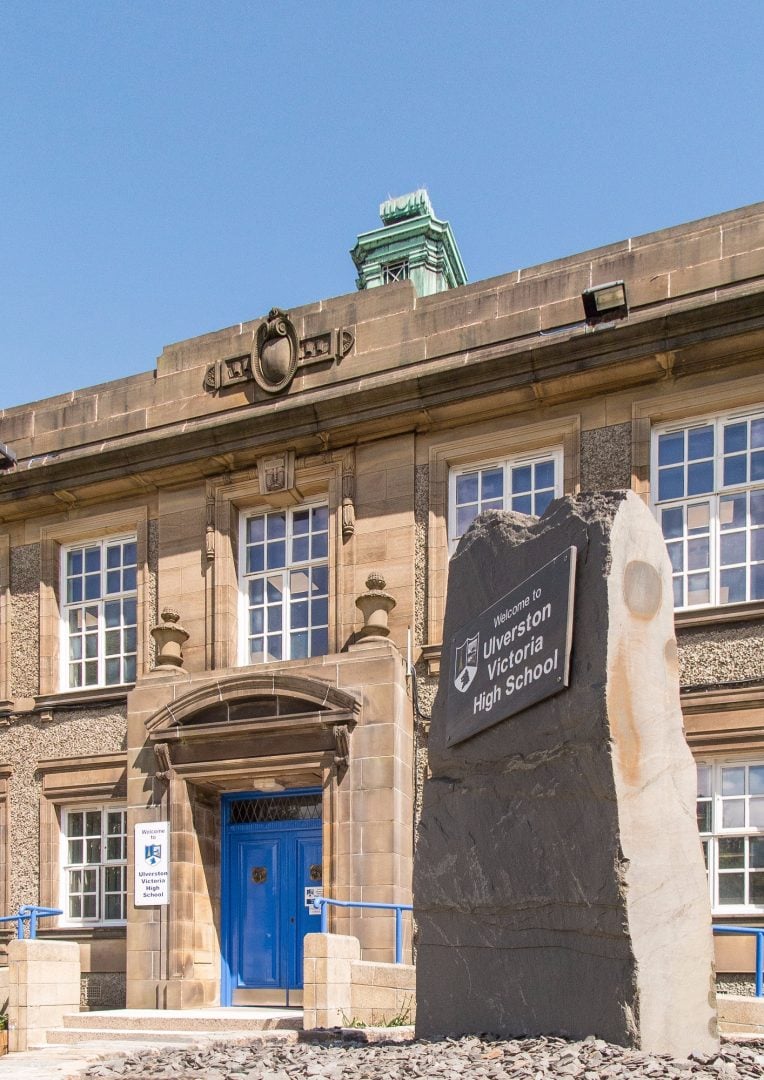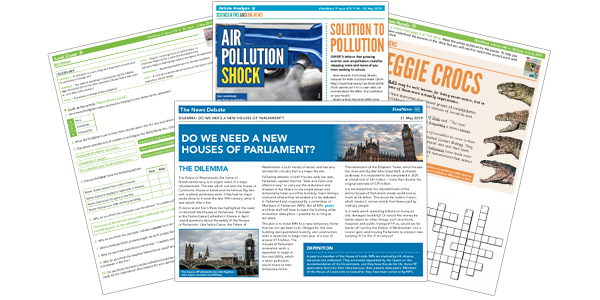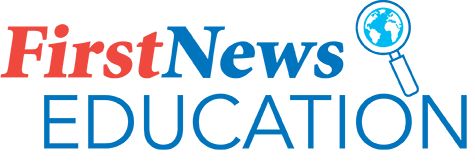Ulverston Victoria High School
Case Study
Why did you introduce First News Education into your school, what were you looking to achieve?
Our objectives were:
- To introduce students to high quality nonfiction texts as a gateway to their GCSE experience.
- To encourage students to see reading as something that isn’t just “big heavy books”.
- To set homework tasks that were meaningful, accessible and challenging.
- To improve students’ awareness of real world context.
- To improve overall literacy.
Which First News Education tools do you use and how do you use them with your classes?
A group of year 8 and 9 students have been involved in the trial. In both years, they were groups which are considered “nurture” groups because of their low literacy and other special educational needs.
All students were given independent reading time and encouraged to read the paper in any way they wanted to. Students were then encouraged to share interesting news items that they had read, sparking discussion and debate.

Resources from levels 1, 2 and 3 were used with year 8 to differentiate within a class of students with complex needs. This meant that all students could access the same article, but complete activities suited to their ability. The range of resources provided meant that we could do different tasks each week without it becoming repetitive. The words and picture activity is an excellent resource, but for a lower ability class to complete, the page numbers needed to be added to the resource to make it a manageable task for them.
The year 9 class used the level 3 comprehension resources as homework tasks. This introduced the group to the style of questions that they will face at GCSE in a non-threatening way, informing target setting for the next task and integrating the skills of analysis that they will need at GCSE.
The year 8 class were set the puzzle resources for homework. This introduced the class to new vocabulary, developing their comprehension skills and spellings.
We encouraged them to think about where news comes from and whether all sources of news are equally reliable.
Copies of the paper have been left in the learning support area and library so that children not involved in the trial had access to the papers. The paper has been very popular in these areas with students asking for the next issue.
“Many [students] felt more confident in expressing their views and liked hearing others opinions to inform theirs”
How did your pupils respond to the tools?
The year 8 class have thoroughly enjoyed having access to First News. They’ve enjoyed the range of news items in the paper; finding lots of interesting and funny/crazy articles that they wouldn’t have heard about otherwise. Many students commented on how accessible big news stories were for them to read and understand. One student with a disability particularly enjoyed the coverage of the Paralympics and was pleasantly surprised to read about a disability event he had attended.
The students enjoyed the flexibility in how they could read the paper. All the students said that they flicked through the paper looking for pictures and headlines that caught their eye before turning to their preferred section, namely: sport, animals and gaming.
A number of students commented on how they enjoyed the discussions and debates sparked by the articles they had read. Many felt more confident in expressing their views and liked hearing others opinions to inform theirs.
The year 9 class looked forward to the paper and asked for it. The class enjoyed being able to talk about the news and felt like they knew what was going on in the world. Again, they particularly enjoyed the range of stories and learning about how newspapers work. One parent commented on how they could now talk about news with their child.
“There has been a significant improvement in comprehension across all abilities with students better able to spot fake news and understand the impact”
What results did you see?
The resources were high quality and allowed students to experience questions in line with what they will encounter at GCSE.
Students discovered that news articles are accessible and manageable for them to read. They now actively request and seek out copies of First News.
A range of differentiated resources were provided and used as homework tasks.
Students are noticeably more confident at talking about big issues and have a better understanding of what is happening in the world around them.
There has been a significant improvement in comprehension across all abilities with students better able to spot fake news and understand the impact.

Offline news and literacy tools
- Printable, weekly comprehensions, debates and vocabulary puzzles
- Created in three reading levels for lower KS2, upper KS2 and KS3
- Ideal for both class and homework
- Unlimited access across the whole school
